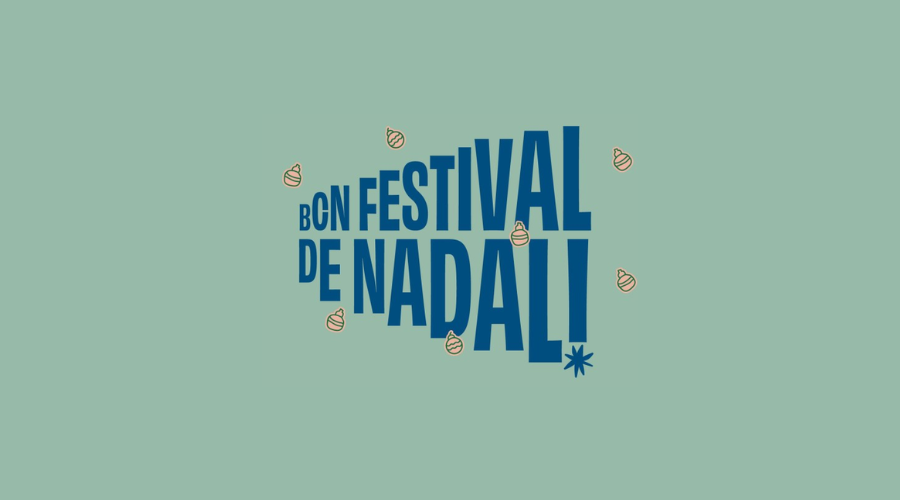The Eixample, one of Barcelona’s most iconic districts, was the main subject of Núria Llimona’s paintings. Born in 1917 and died in 2011, this artist portrayed numerous buildings in the Dreta del Eixample district.
What makes his work especially valuable is that he painted in the street, thus capturing the essence of the city in his works.
Llimona contributed to the rich modernist legacy of the city, who as a member of the prominent Llimona family and a modernist painter, immortalized the original facades of the Eixample.
As part of the Setmana del Llibre en Català, the public had the opportunity to discover the life and work of Núria Llimona through a literary route called “Ruta a peu per l’Eixample de Barcelona,” in which the guides will be the authors of the book “La Catalunya dels Artistes,” Jordi Bes and Aure Farran.
This initiative sought to rescue and highlight the work of Núria Llimona.
Núria Llimona: rescuing the modernist facades of the Eixample through painting
Llimona’s paintings, made more than a century ago, are of incalculable value as a testimony of an era and a social class in constant evolution. His works portray the original appearance of buildings designed as symbols of the rise of the Catalan bourgeoisie.
Some of these facades have remained almost identical over the years, such as the Llopis Bofill house at 339 València Street.
On the other hand, some of the facades captured by Llimona have undergone significant changes in their appearance over time. For example, the facade of Aribau 183, which in his paintings was majestic, is now unrecognizable.
In contrast, the Ali Bei 27 grandstand has undergone slight modifications to its window finials, demonstrating how some structures have retained their essence over the decades.
The commercial evolution is also evident in Llimona’s works. For example, one of his paintings shows two modernist facades on Calle Roger de Llúria, at number 74, which housed a pharmacy and a “Vespa Mateu” motorcycle dealership.
Although the pharmacy is still in the same location, the premises have housed a variety of businesses over time, from a computer shop to a beauty salon.
A legacy to be discovered
Despite her unique contribution to the art and culture of Barcelona, Núria Llimona has remained largely in the shadows, overshadowed by the fame of her father, the painter Joan Llimona and her uncle, the sculptor Josep Llimona.
Most of Llimona’s paintings are in private collections and have rarely been exhibited to the public. His biographical notes have also not been edited so far.




